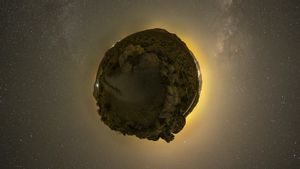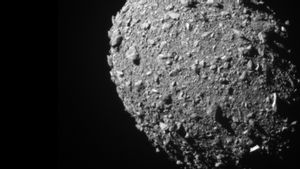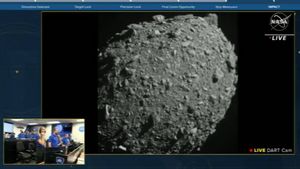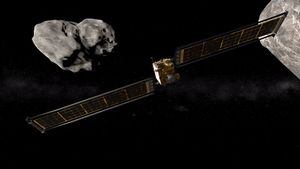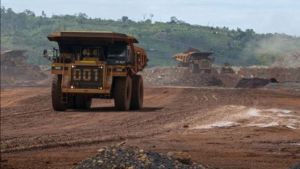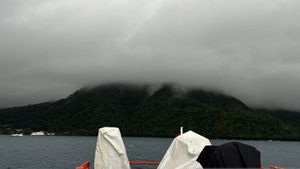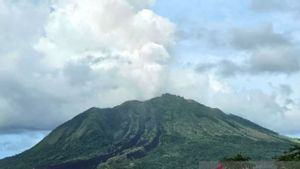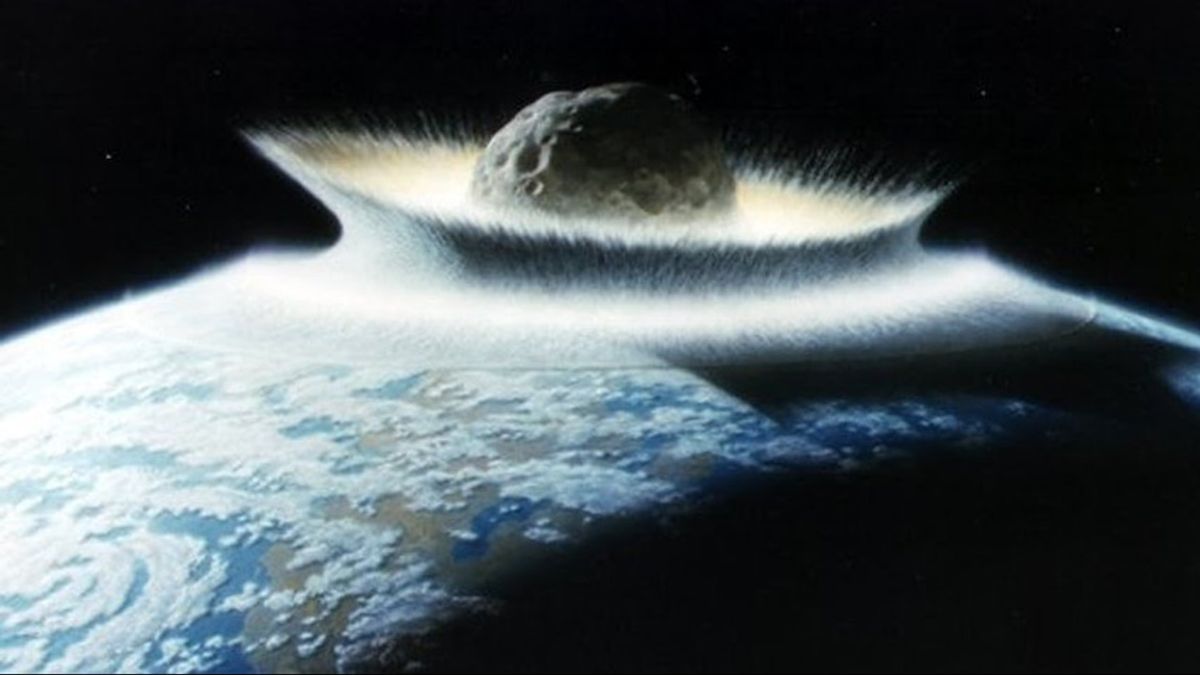
JAKARTA - The giant asteroid that ended the heyday of the dinosaurs also created one of the most powerful tsunamis ever, with waves as high as a mile crashing into coastlines across the planet.
According to recent research, it is estimated that the asteroid hit Earth about 66 million years ago. It is about 14 kilometers wide, leaving the Chicxulub impact crater about 62 miles away near Mexico's Yucatan peninsula.
In addition to ending the age of the dinosaurs, this direct attack triggered the mass extinction of 75 percent of animal and plant life on Earth.
When the asteroid hit, this space rock created a series of catastrophic events. Global temperatures fluctuated, plumes of aerosol, soot, dust filled the air and wildfires started when bits of burning material exploded from the impact re-entering the atmosphere and raining down on it.
Within 48 hours, the tsunami had circled the globe and it was thousands of times more powerful than the modern tsunami caused by an earthquake.
In a new study, published yesterday in the journal American Geophysical Union Advances, researchers used computer models to understand how Earth's oceans were affected by the collision.
"Any historically documented tsunami pales in comparison to such a global impact," lead author Molly Range said in a statement.
To support their findings about the path and strength of tsunamis, researchers studied 120 marine sediment cores from around the world. This is the first global simulation of a tsunami caused by the Chicxulub impact published in a peer-reviewed scientific journal.
Within just two minutes of the impact, a wave nearly 3 miles high was generated by the material ejected by the asteroid. A few minutes later, the wave subsided, but it moved again about 140 miles across the ocean in all directions.
In addition, material is also ejected into the sky and then re-enters the ocean creating its own waves that reach miles into the sky.
The team used a supercomputer and two tsunami models to assess how big this is. The model, the researchers say, gives almost the same results and shows most of the world's coastal areas will be affected to some extent. They discovered that, within two days, the shores of the ancient Earth were hit by a huge wave.
SEE ALSO:
"These tsunamis were strong enough to disrupt and erode sediments in ocean basins around the world, leaving gaps in the sedimentary record or older sediment deposits," Range said.
Researchers estimate that the tsunami was up to 30,000 times more powerful than the Indian Ocean tsunami on December 26, 2004, one of the largest on record, killing 227,898 people, including in Aceh.
The energy of the asteroid impact was at least 100,000 times greater than the Tonga volcanic eruption earlier this year.
Later, researchers plan to follow up on this research by modeling how waves crash into coastlines around the world and showing how inundated they are. This was quoted from CNN International, Wednesday, October 5.
The English, Chinese, Japanese, Arabic, and French versions are automatically generated by the AI. So there may still be inaccuracies in translating, please always see Indonesian as our main language. (system supported by DigitalSiber.id)



